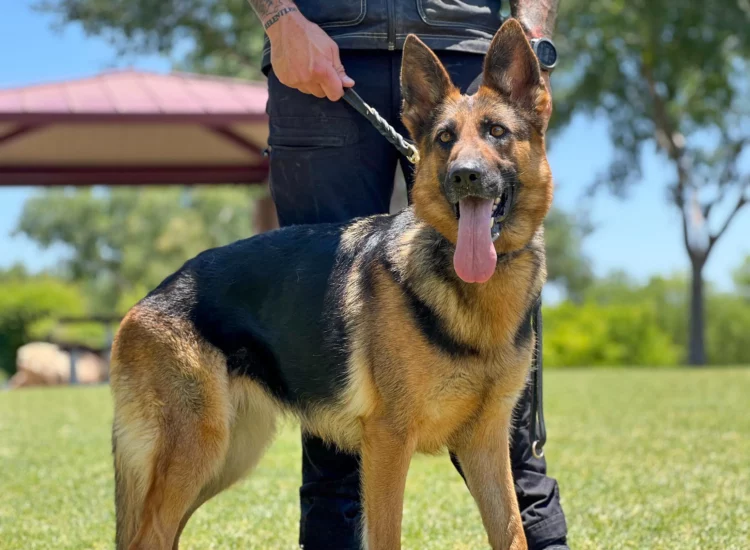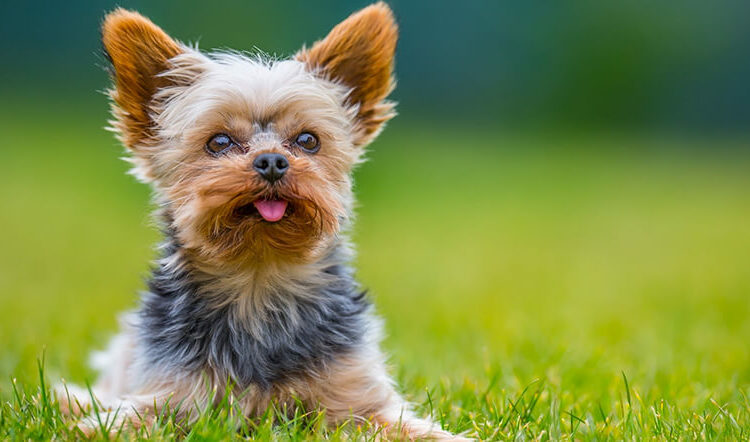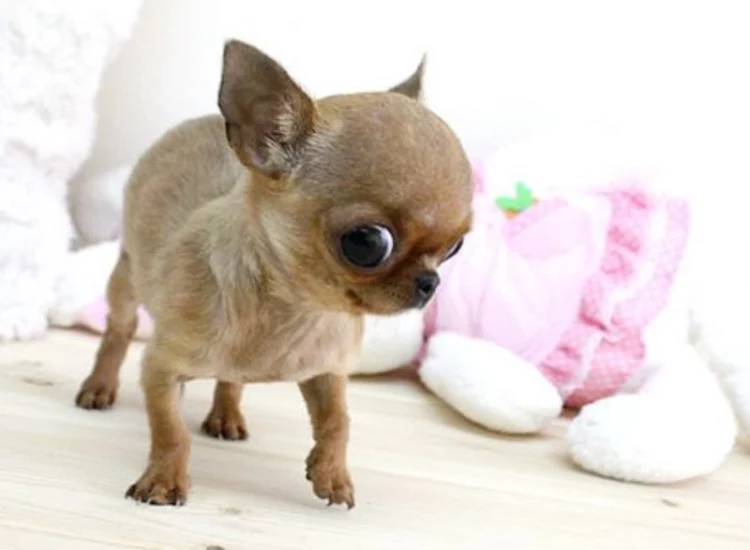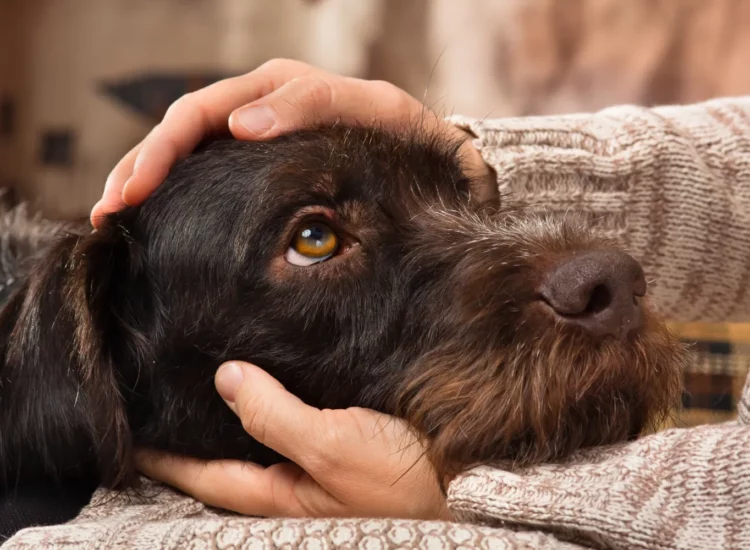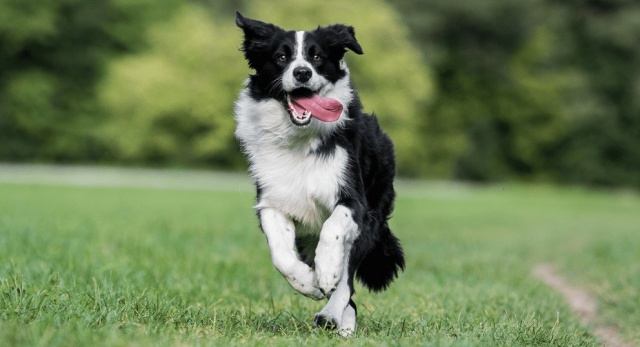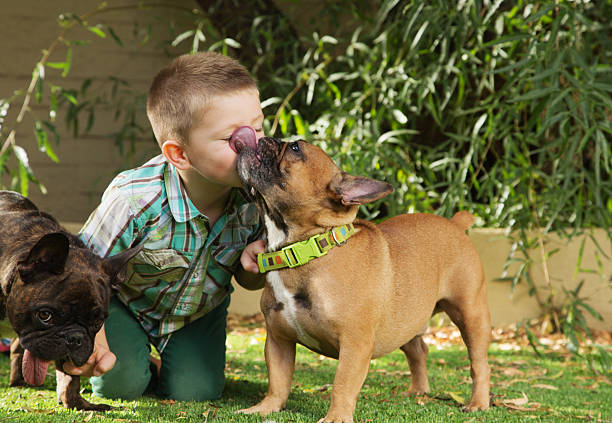Teacup Companions: Exploring the World’s 5 Smallest Dog Breeds
The allure of a tiny dog is undeniable. Their petite size, often coupled with a vibrant personality, makes them captivating companions. While the definition of “smallest” can sometimes depend on whether height or weight is the primary criterion, certain breeds consistently rank among the world’s most diminutive canines. This article will delve into the charming world of the five smallest dog breeds, exploring their characteristics, history, and what makes them so uniquely appealing.
1. Defining “Smallest”: A Matter of Inches and Pounds
When discussing the smallest dog breeds, it’s important to understand the metrics used for classification. Generally, “smallest” refers to dogs with the lowest average height at the withers (the ridge between the shoulder blades) and the lightest average weight. While some breeds might be shorter but slightly heavier, or vice-versa, the following five breeds consistently appear at the top of the list when considering overall size.
2. The Top 5: A Closer Look at the World’s Tiniest Canines
-
2.1. The Chihuahua: A Pocket-Sized Personality

-
- Origin and History: Hailing from Mexico, the Chihuahua is believed to be descended from the Techichi, a small, mute dog favored by the ancient Toltec civilization. They gained popularity in the United States in the late 19th century and have remained a beloved breed ever since.
- Size: Typically standing between 5 to 8 inches tall and weighing no more than 6 pounds, the Chihuahua is often considered the smallest dog breed in the world. Some individuals can be even smaller.
- Key Characteristics: Chihuahuas come in a variety of coat types (smooth and long) and colors. They have a distinctive apple-shaped head and large, erect ears. Despite their small stature, they possess a bold and often sassy personality.
- Temperament: Known for their loyalty and devotion to their owners, Chihuahuas can be fiercely protective and may bond strongly with one person in the household. They can be wary of strangers and other animals if not properly socialized.
- Common Health Concerns: Due to their small size, Chihuahuas are prone to certain health issues such as patellar luxation, hypoglycemia, tracheal collapse, and hydrocephalus.
- Suitability as Pets: Chihuahuas can make excellent companions for the right owners. They are well-suited to apartment living and require moderate exercise. However, their small size makes them fragile, and they may not be the best choice for families with very young children who might accidentally injure them.
-
2.2. The Yorkshire Terrier: A Tiny Terrier with a Big Heart
Related articles 01:
1. https://chosloughi.org/the-easiest-dog-breeds-to-own-your-guide-to-low-maintenance-companions
2. https://chosloughi.org/the-enduring-legacy-of-sheepdogs-guardians-of-the-flock-and-loyal-companions
3. https://chosloughi.org/top-guardian-dog-breeds-canine-protectors-for-home-and-family
4. https://chosloughi.org/five-compelling-reasons-to-welcome-a-chihuahua-into-your-life
5. https://chosloughi.org/the-most-child-friendly-dog-breeds-a-guide-for-families
-
 Origin and History: Developed in the 19th century in Yorkshire, England, the Yorkshire Terrier was originally bred to catch rats in clothing mills and mines. They quickly became popular as lap dogs for ladies of fashion.
Origin and History: Developed in the 19th century in Yorkshire, England, the Yorkshire Terrier was originally bred to catch rats in clothing mills and mines. They quickly became popular as lap dogs for ladies of fashion.
- Size: Yorkies typically stand around 7 to 8 inches tall and weigh between 4 to 7 pounds.
- Key Characteristics: The Yorkshire Terrier boasts a long, silky, and flowing coat that is usually steel blue and tan. They have a small head, a flat skull, and erect ears. Despite their delicate appearance, they retain the spirited and tenacious nature of terriers.
- Temperament: Yorkies are known for their affectionate, courageous, and sometimes bossy personalities. They are intelligent and enjoy playing, but they also appreciate cuddling with their owners.
- Common Health Concerns: Common health issues in Yorkshire Terriers include patellar luxation, tracheal collapse, progressive retinal atrophy, and dental problems.
- Suitability as Pets: Yorkshire Terriers can adapt well to apartment living and enjoy being part of a family. Their long coat requires regular grooming. While small, they have a lot of energy and need regular walks.
-
2.3. The Pomeranian: A Fluffy Cloud of Charm
-
 Origin and History: The Pomeranian is a descendant of larger Spitz-type dogs from the province of Pomerania in Central Europe. They gained international fame when Queen Victoria of England became a devoted fan of the breed.
Origin and History: The Pomeranian is a descendant of larger Spitz-type dogs from the province of Pomerania in Central Europe. They gained international fame when Queen Victoria of England became a devoted fan of the breed.
- Size: Pomeranians typically stand around 6 to 7 inches tall and weigh between 3 to 7 pounds.
- Key Characteristics: The Pomeranian is characterized by its thick, double coat that comes in a wide variety of colors. They have a fox-like face, erect ears, and a plumed tail that curls over their back. Their abundant fur gives them a larger appearance than they actually are.
- Temperament: Poms are known for their lively, intelligent, and playful personalities. They are often described as being curious and can be quite vocal. They are also fiercely loyal to their families.
- Common Health Concerns: Pomeranians are prone to patellar luxation, tracheal collapse, hypothyroidism, and alopecia X (black skin disease).
- Suitability as Pets: Pomeranians can thrive in apartment settings and are relatively low-maintenance in terms of exercise. However, their thick coat requires regular brushing to prevent matting. They can also be prone to barking.
-
2.4. The Papillon: The Butterfly-Eared Beauty
-
 Origin and History: The Papillon, whose name means “butterfly” in French, is believed to have originated in continental Europe during the Renaissance. They were popular companions among European nobility.
Origin and History: The Papillon, whose name means “butterfly” in French, is believed to have originated in continental Europe during the Renaissance. They were popular companions among European nobility.- Size: Papillons typically stand between 8 to 11 inches tall and weigh between 5 to 10 pounds. While slightly taller than some others on this list, their delicate build often places them among the smallest.
- Key Characteristics: The Papillon is easily recognized by its distinctive butterfly-like ears, which are large and fringed with long hair. They have a fine, silky coat that is typically white with patches of color.
- Temperament: Papillons are intelligent, energetic, and friendly dogs. They are eager to please and enjoy learning tricks. They are also known for being relatively hardy for their size.
- Common Health Concerns: Common health issues in Papillons include patellar luxation, progressive retinal atrophy, and dental problems.
- Suitability as Pets: Papillons are adaptable and can do well in apartments or houses with yards. They are intelligent and enjoy mental stimulation and moderate exercise. They are generally good with children and other pets.
-
2.5. The Russian Toy: A Delicate and Lively Companion
-
 Origin and History: The Russian Toy originated in Russia in the early 20th century. They were developed from small English Toy Terriers and were popular among the Russian aristocracy. Their numbers dwindled significantly during the Russian Revolution but have since been revived.
Origin and History: The Russian Toy originated in Russia in the early 20th century. They were developed from small English Toy Terriers and were popular among the Russian aristocracy. Their numbers dwindled significantly during the Russian Revolution but have since been revived.
- Size: Russian Toys typically stand between 8 to 11 inches tall and weigh between 3 to 6.5 pounds. Similar to the Papillon, their light build contributes to their classification among the smallest.
- Key Characteristics: The Russian Toy comes in two coat types: long-haired and smooth-haired. They have a small head, large expressive eyes, and high-set, pointed ears. They have a slender and elegant build.
- Temperament: Russian Toys are known for being lively, playful, and devoted to their families. They can be somewhat reserved with strangers but are generally affectionate with their owners.
- Common Health Concerns: Common health issues in Russian Toys include patellar luxation, progressive retinal atrophy, and dental problems.
- Suitability as Pets: Russian Toys can adapt well to apartment living and are relatively low-maintenance in terms of grooming for the smooth-haired variety. They enjoy playing and spending time with their owners.
3. Beyond the Top 5: Other Notable Tiny Breeds
While the aforementioned breeds consistently rank among the smallest, other notable tiny breeds include the Maltese, the Toy Poodle, and certain variations of the Brussels Griffon. These breeds, while incredibly small, may sometimes exceed the size parameters of the absolute smallest on average.
4. The Enduring Appeal of Tiny Dogs
The popularity of these tiny dog breeds is multifaceted. Their small size makes them well-suited for apartment living and easy to transport. Their often charming and lively personalities endear them to many. Furthermore, their petite stature can make them appear perpetually puppy-like, adding to their appeal.
Related articles 02:
1. https://chosloughi.org/a-celebration-of-canine-beauty-exploring-the-worlds-most-stunning-dog-breeds
2. https://chosloughi.org/the-easiest-dog-breeds-to-own-your-guide-to-low-maintenance-companions
3. https://chosloughi.org/unveiling-the-majesty-5-fascinating-facts-about-the-german-shepherd-dog
4. https://chosloughi.org/four-paw-some-reasons-to-welcome-a-yorkshire-terrier-into-your-life
5. https://chosloughi.org/five-compelling-reasons-to-welcome-a-canine-companion-into-your-life
5. Important Considerations for Owners of Tiny Dogs
Owning a tiny dog comes with specific responsibilities. Their small size makes them more fragile and susceptible to injuries. They may also have specific health concerns related to their size, such as hypoglycemia and tracheal collapse. Careful handling, appropriate training, and regular veterinary care are essential for ensuring the health and well-being of these miniature companions.
Conclusion: Small in Size, Big in Personality
The world’s smallest dog breeds, from the bold Chihuahua to the elegant Russian Toy, prove that personality and charm come in all sizes. These teacup companions offer a unique blend of affection, liveliness, and portability that makes them beloved pets for many. While their tiny stature requires specific care and attention, the joy and companionship they provide are anything but small.

